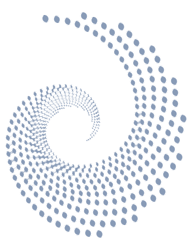Volume 06,Issue 02
Atrial Fibrillation Detection Method Based on Converting ECG to Signal Using Both Symptoms of AF
Authors
Shahrzad Mahdavi, Hossein Panamtash, Yaser Norouzi and Somayyeh Norouzi
Abstract
Atrial Fibrillation (AF) is one of the most common cardiac arrhythmias that is associated with other kinds of cardiac cases including heart disease, risk of stroke and mortality [1]. The AF case has an irregular heartbeat and an asynchronous rate of the rhythm of the heart compared to the rate of the rhythm of heart of a healthy person. The objective of the research is to highlight AF as an important disease in today’s mortality cases and proposed an algorithm to detect AF by using all signs of it by converting Electrocardiogram (ECG) to signals. This paper proposed a statistical method of detecting AF which the techniques included analysis of consecutive RR intervals and detecting the existence or abnormal P wave. To verify the proposed method, the algorithm is tested over 100 pre-recorded ECGs of patients with healthy and AF conditions.
Keyword: Atrial Fibrillation, Image processing, RR intervals, Abnormal P wave.
PDF [ 493.68 Kb ] | Endnote File | XML


